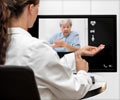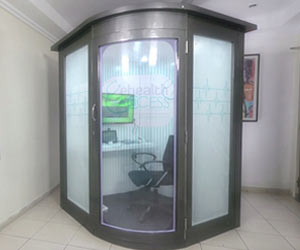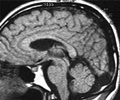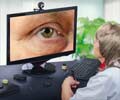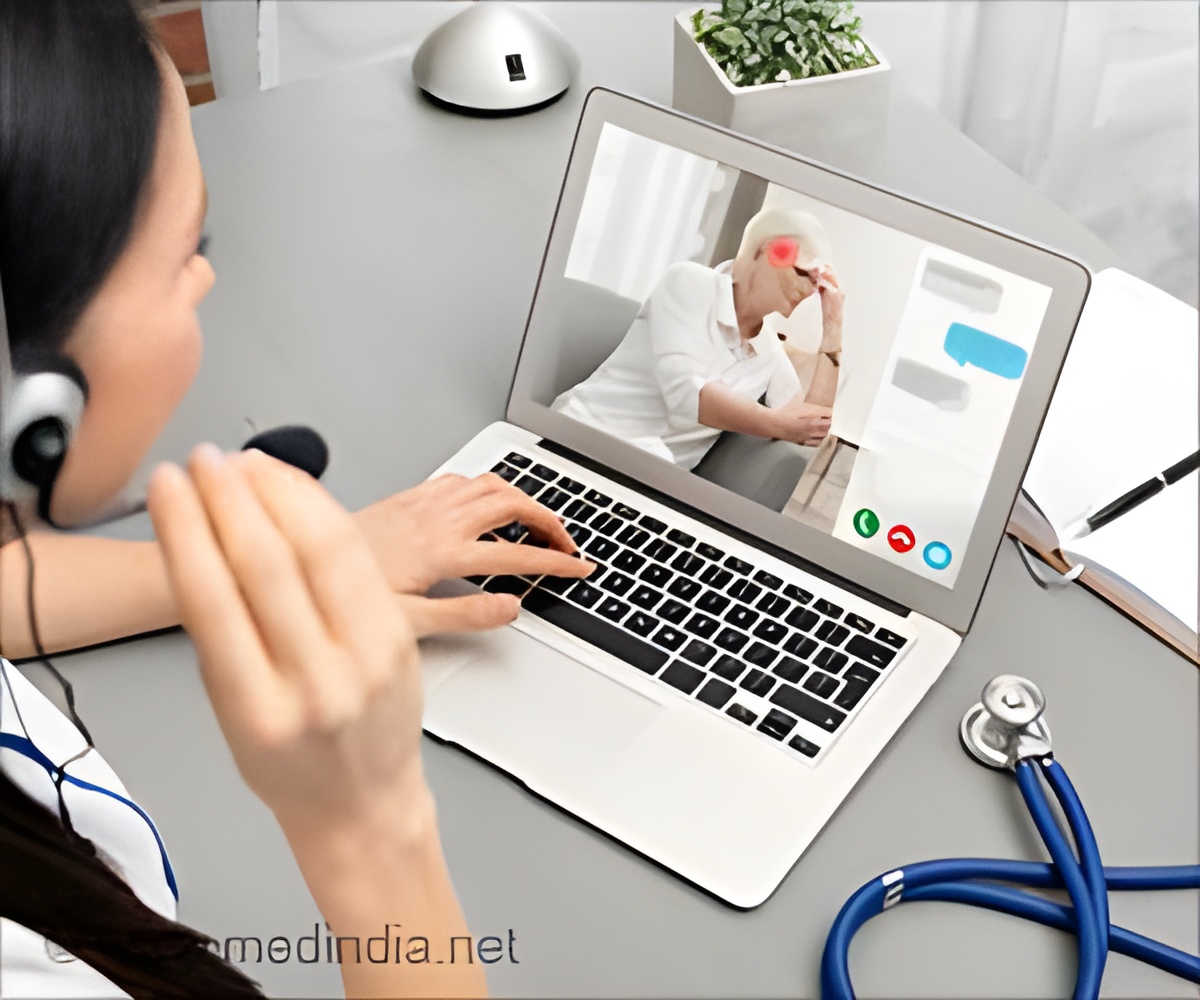
‘Expanding telemedicine may be ideal for underserved patients whose caregivers cannot afford to miss work or travel to the clinic for in-person appointments, who live far from a hospital or other facility where the visits normally take place, or who have complex transportation needs.’
Tweet it Now
The Division of Neurology wanted to assess whether newly implemented audio-video telemedicine visits are an effective way of delivering care during these unprecedented times. Specifically, they wanted to perform a quality improvement study to determine the effectiveness of these visits, the utility of telemedicine for future care, the need for short-term, in-person follow-up after these appointments, and whether both patients and caregivers were satisfied.In the course of a week, all in-person visits were changed to audio-video telemedicine visits. Established patients who lacked access to a smartphone or computer application were offered dedicated telephone visits. Providers were surveyed at the end of each encounter regarding their satisfaction with the visit, technical barriers, and the need for in-person assessment. Patients and caregivers were also asked about their propensity for using telehealth in the future.
In order to comprehensively review the data, the study team utilized Arcus, an informatics platform developed by the CHOP Research Institute that links biological, clinical, research, and environmental data to securely access and analyze data generated over the course of a patient's clinical encounters and research study visits throughout childhood and adolescence.
"With our robust pediatric neurology care network, our team was uniquely suited to serve as the first center to examine this new and important aspect of healthcare," said Ingo Helbig, MD, a pediatric neurologist at CHOP, director of the genomic and data science core of CHOP's Epilepsy Neurogenetics Initiative (ENGIN) and senior author on this study. "Our healthcare analytics approach allowed us to mine all of the electronic medical records of our patients essentially in real time during this transition."
A total of 2,589 telehealth visits were analyzed for the study, with included 2,093 telemedicine visits and 496 telephone appointments. Of the surveys that were completed after these appointments, the clinical team considered telemedicine satisfactory in 93% (1200/1286) of them and suggested telemedicine as a component for follow-up care in 89% (1144/1286) of cases. According to the survey, 40% (519/1314) experienced some sort of technical challenge. An in-person assessment was considered following approximately 5% (65/1285) of the appointments. Patients and caregivers indicated that they would be interested in using telemedicine for future care 86% of the time (187/217).
Advertisement
"While there is a need to make technical improvements as well as make certain that every patient receives the same level of care, our findings demonstrate that telemedicine is safe, timely, patient-centered and efficient, and both patients and clinicians found this transition to be an effective one during these unprecedented circumstances," said Donna Stephenson, MD, Medical Director of Operations and Outreach and an attending physician in the Division of Neurology at CHOP who was one of the senior authors of the study. "We hope that the appropriate resources are allocated to allow telemedicine to continue to serve the needs of patients well beyond what current circumstances dictate."
Advertisement
Source-Eurekalert


